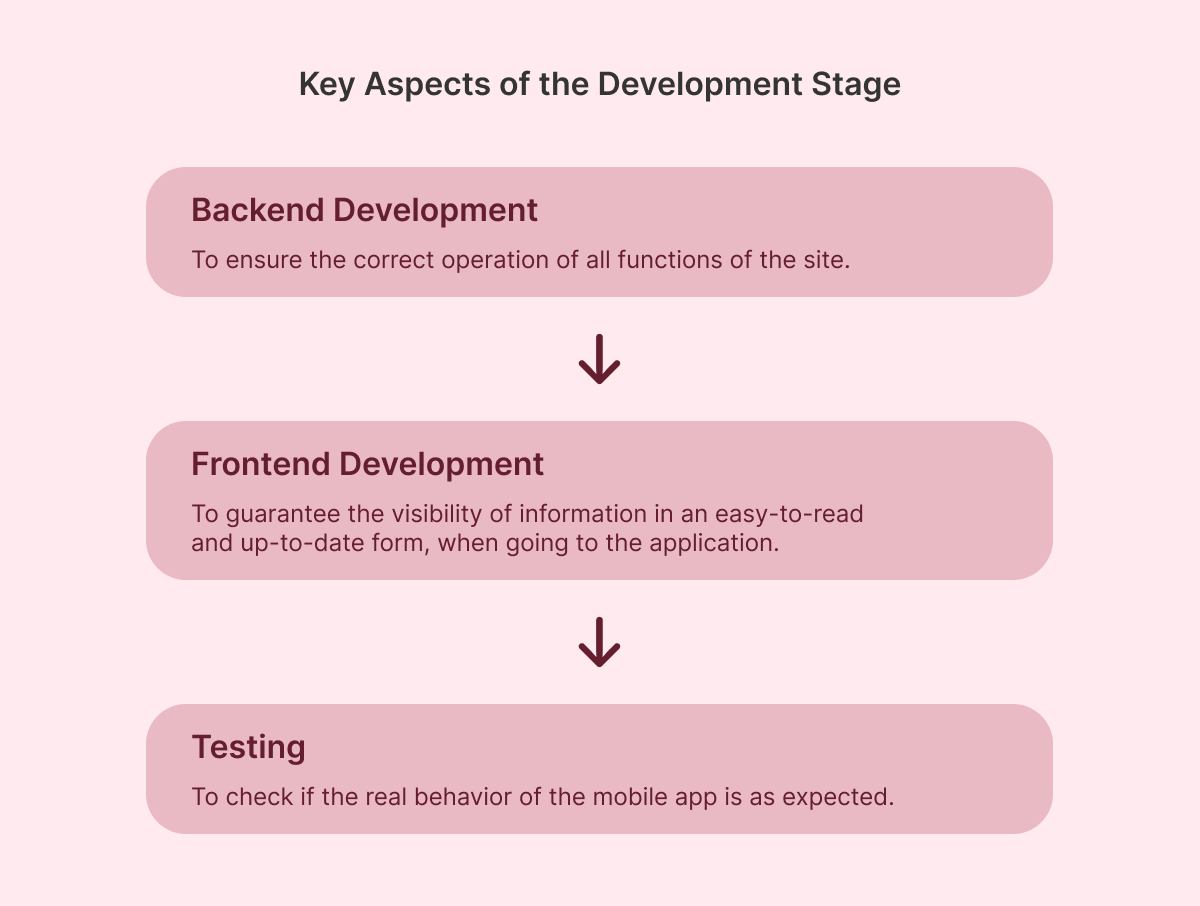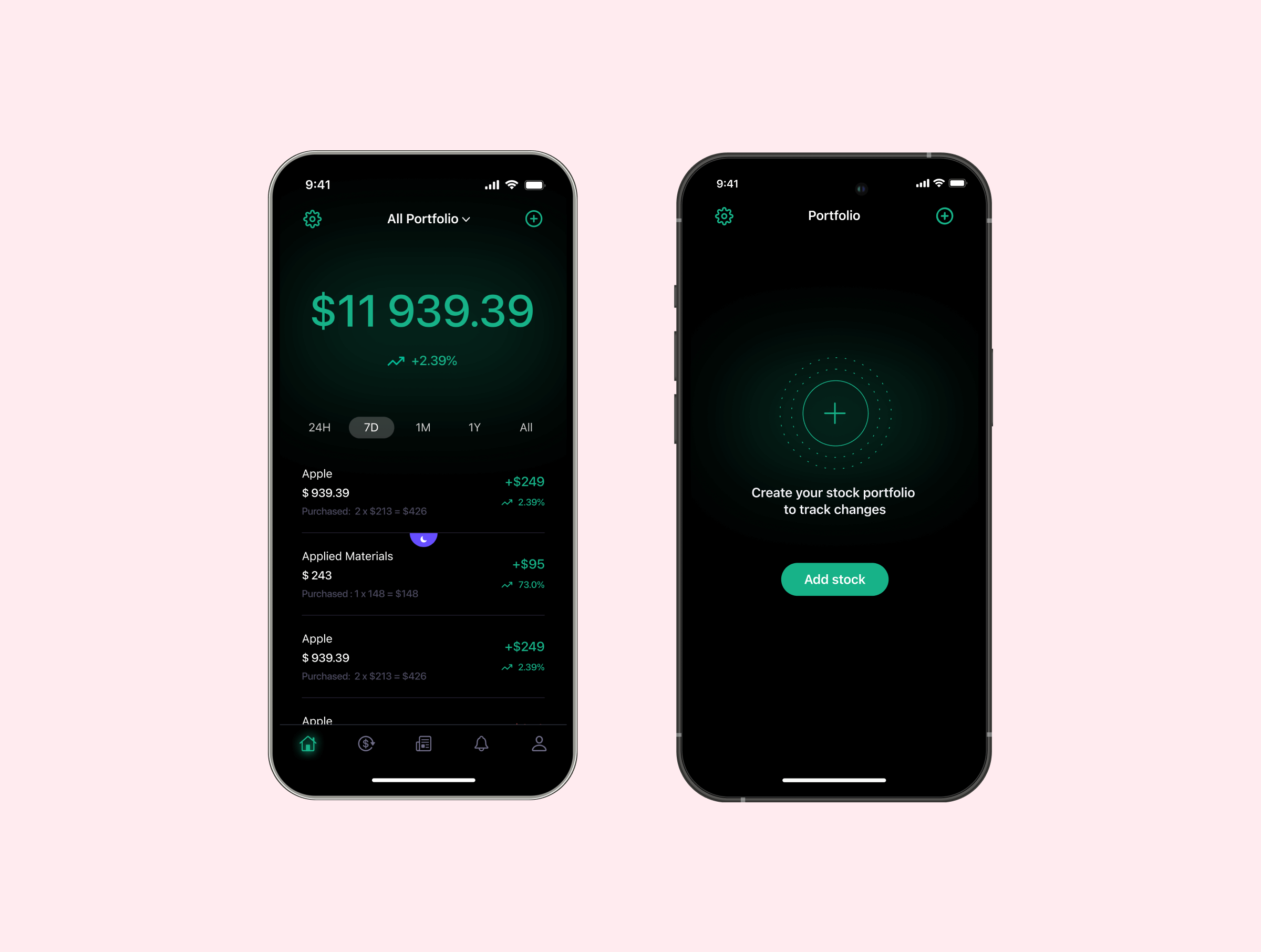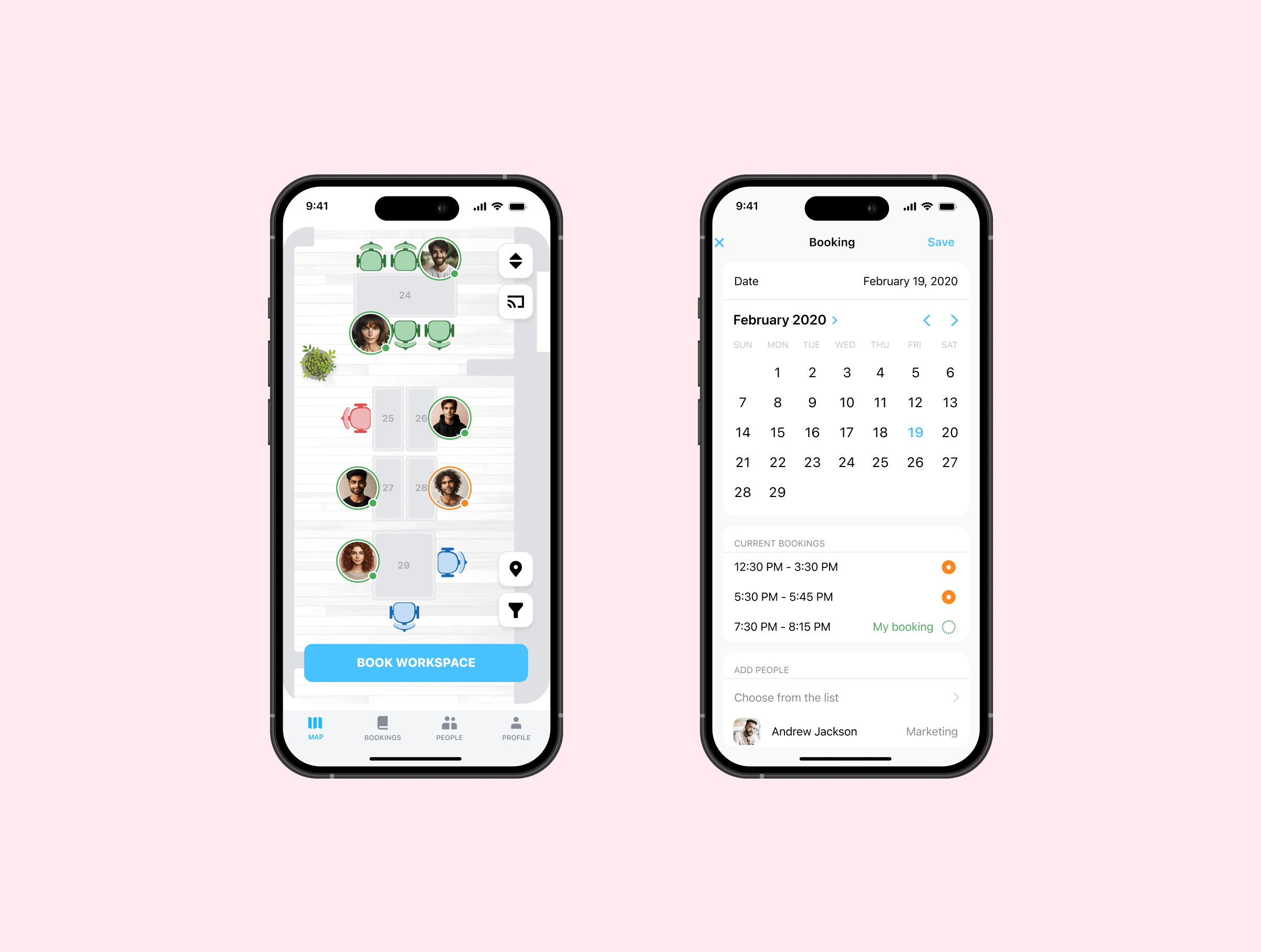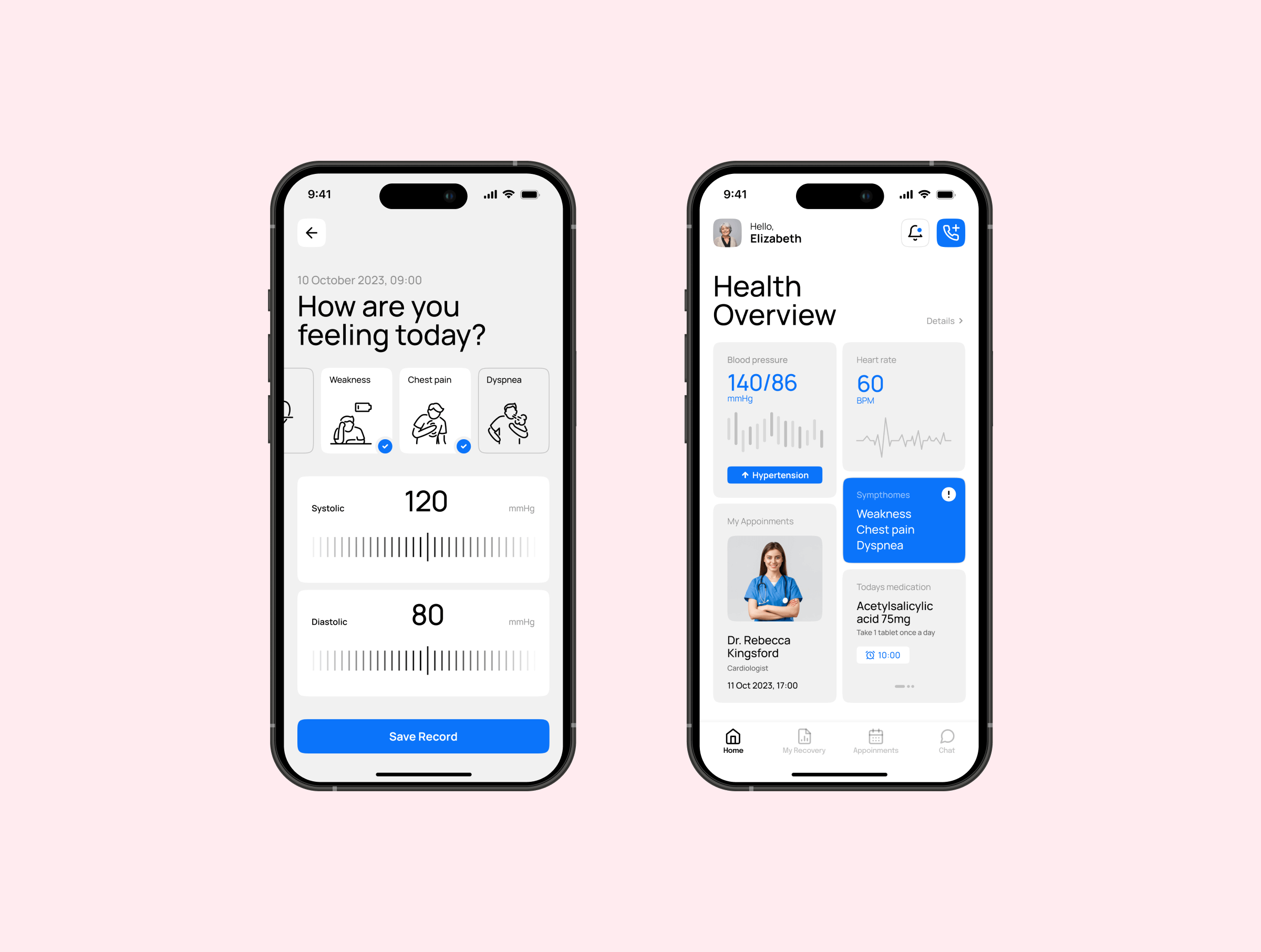You know how it goes in today’s fast-paced market: launch too late, and you risk losing your competitive edge. In fact, the right timing is one of those make-or-break factors that can skyrocket your growth or leave your idea stranded in obscurity.
That’s why the mobile app development timeline is the top concern for many fast-growing startups, ranking second only to development costs. In this article, our team goes over the milestones of mobile app development and key factors that influence the timeline of an app development project. We’ll also share some time-tested tips to reduce your time-to-market.
Key takeaways:
- More simple apps take around 4 months to be delivered, while applications of higher complexity need from 5 months to 9+ months to become market-ready.
- Key stages of the app development process include product discovery, development planning, MVP design and development, testing phase, as well as product release, and post-launch support.
- The best ways to speed things up are by defining clear product requirements early on, focusing on core features, and hiring an experienced app development team with a library of reusable assets.
Key stages of the app development process
At Orangesoft, the mobile development process spans six key phases. These include product discovery, development planning, MVP design and development, testing, as well as product release, and post-launch support. Since we mainly adhere to the Agile app development methodology, the development process is done in sprints that may simultaneously apply each of the app development steps listed above.

Stage 1: Forming app idea and validating it (2 to 3 weeks)
All mobile apps start with an idea. However, not every idea is worth implementing or is technically feasible. That's why you need product discovery — a crucial app development stage that helps you find out whether the problem your app is solving exists and hurts, who really feels it, and whether your solution is something your potential customers actually pay attention to — or better, pay money for.
In practical terms, product discovery is a loop that includes the following exercises:
- Market research — studying the market dynamics, saturation, and current trends.
- Competitor research — identifying your competitors and analyzing their products.
- Feature prioritization — nailing down core features present in the majority of similar mobile solutions, plus necessary integrations.
- Target audience analysis — gathering data about the users who are most likely to use your mobile app.
- User interviews — speaking directly with potential users to understand their behaviors, frustrations, and motivations.
- Prototyping — building quick, low-fidelity versions of your app to test your hypotheses against real user needs.
When it comes to regulated industries, like healthcare, the team also analyzes the legal landscape and identifies relevant regulatory guardrails, whether it's HIPAA, GDPR, FDA, or any other mandates.
Deliverables: Product specifications, wireframes, clickable prototype, product business model.
Stage 2: Planning it all out (3-5 days)
At the next stage of our app development journey, we build on the deliverables from the discovery stage, align them with the right tech approach, and transform all the insights into a workable strategy.
At the development planning stage, we also finalize the technical strategy:
- Choosing the development platform — iOS, Android, or cross-platform app development (Flutter, React Native), depending on the user needs, budget, and time-to-market.
- Defining app architecture — selecting architectural patterns suitable for functional and regulatory requirements.
- Selecting the tech stack — deciding on the fit-for-purpose frontend and backend technologies, frameworks, databases, and cloud services.
- Laying out infrastructure — defining how the backend, APIs, third-party integrations, and data storage will be handled.
- Scoping the project — creating a project roadmap, along with an accurate project timeline and costs.
At the same time, we also create technical documentation that typically includes:
- System architecture diagrams
- API specifications and data flow models
- Database schema designs
- Security protocols and compliance requirements (HIPAA, GDPR, SOC 2 if needed)
- Development and deployment workflows (CI/CD pipelines, version control strategy, testing protocols)
Detailed documentation contributes to a shared project vision for each stakeholder and makes sure the mobile app is built on a solid, secure, and scalable foundation that can be easily reused for next product versions.
Deliverables: Tech stack definition, timeline and team composition, solution architecture, cost estimate.
Stage 3: MVP design and development (2-3 months)
With a clear roadmap, a detailed technical specification, and alignment across product, design, and engineering teams, we move on to the most resource-intensive app development phase — designing and coding the Minimum Viable Product for your mobile app.
During this stage, mobile app developers focus on the basic functionality you’ve prioritized earlier. Since we follow Agile development, the work is broken into sprints, allowing us to develop incrementally, adapt to the changes, and deliver visible progress every couple of weeks.
Here’s what happens during this phase:
- UX/UI design — Our UX/UI designers work on the app's user interface, based on he wireframes from discovery. The team follows best accessibility practices outlined in WCAG and ADA — and platform-specific guidelines (Material Design for Android, Human Interface Guidelines for iOS).
- Mobile app development — Mobile app developers code the frontend and backend of the app, following the selected architecture and tech stack.
- Cloud setup and backend infrastructure — Developers implement behind-the-scenes piping to enable features like authentication, data storage, and push notifications.
- Data security integration — At this stage, your product is also supplemented with data security features such as encryption, secure data storage, access control, and others.
Deliverables: MVP-ready mobile app (iOS, Android, or both), UI/UX design assets and design system.
Stage 4: MVP testing (timeline can vary)
Usually, testing is integrated into every sprint, but the development team can also dedicate an entire stage to validating and checking your product.
In our QA process, we combine manual and automated testing to make sure we cover every inch of your product with tests. Our testers check that all core product features pull their weight (functional testing), that the interface feels smooth and consistent on all devices (UI/UX testing), and that the app doesn’t crumble under high loads and usage conditions (performance testing).
We also run security testing and check compatibility across multiple devices and platforms. As the app evolves, our QA engineers perform regression tests to ensure new updates don’t break existing functionality.
All testing activities are documented in detailed QA reports that capture what was tested, how it was tested, and what the outcomes were. Testing documentation serves both as a single source of truth for the development team and a crucial artifact for meeting regulatory and compliance requirements.
Deliverables: QA reports, bug tracking documentation, accessibility review (if applicable).
Stage 5: Product launch (timeline varies)
Once the team completes the final touches, the MVP is prepared for release on app stores. Typically, the main release is preceded by beta testing. A beta application is an early pre-release version of your app. It's still a full-fledged product, but it may contain several known or unknown bugs. It allows your development team to get early user feedback, smooth out any rough edges, and polish the solution before the final release.
For some applications, the pre-launch process is much more complicated. Healthcare apps, for example, have to be double-checked for compliance and data security. The app may also need to go through a regulatory submission process before it can be legally distributed or marketed. In this case, beta testing is replaced with a limited internal release or controlled pilot that tests the app in action within a partner clinic, provider network, or trial group.
It may take up to 1 month for app stores to review your application for conformance with guidelines. The Apple App Store and the Google Play Store have different reviewing processes and guidelines. In both cases, the review process may take longer if the app includes in-app purchases, uses sensitive permissions, or doesn’t clearly state the what, why, and how behind data handling.
Deliverables: Beta version of the app, user feedback reports, app store submission package, regulatory submission materials (if applicable).

Stage 6: Post-launch support and product growth (the timeline is unlimited)
Once the app is live, our team keeps an eye on its performance, peers into bug reports, and plans for new feature releases based on user feedback and the company's goals. After the app has found its footing in the market and secured its first wave of users, it's time to set it up for seamless growth.
That includes adjusting the server architecture, optimizing databases, and preparing the codebase for handling growing traffic and user demands. At this stage, the development team also plans out version 2.0 of the mobile app, whether that means building out advanced capabilities like AI and wearable integration or branching off into new markets.
Deliverables: Product metrics analysis, new features, updated app versions.
Factors that impact the app development timeline
The average app development time isn’t a hard and fast figure that stays true for all projects. Instead, it consists of variables that can either reduce your time-to-market or extend the deadlines. We’ve collected some of those variables below.
Mid-project changes
Very few projects get completed in line with original plans, as new insights may arise mid-development and call for some change of plan. That is why most development teams advocate for the Agile approach, which allows you to stay flexible and leaves space for changes.
However, there is a huge difference between incremental changes and a radical shift due to poorly defined requirements. Significant changes in scope, especially if they are unplanned and unapproved, can drastically change your timeline and incur additional costs. Not to mention that adding new functionality to a system may usher in new bugs.
To avoid that, your development team should pay due diligence to documenting requirements, analyzing your target audience, and selecting the right technology stack. Each change should be validated and approved by the project stakeholders to make sure the right resources are working on the right feature.
Experience of your development team
Adequate project planning, accurate estimates, calibrated processes, and technical excellence are the core ingredients of app success. However, teams with little to no prior experience tend to lack those fundamental skills just because they haven’t completed enough projects to form a solid vision of software development challenges and other specifics.
Moreover, a lack of domain knowledge may render your solution irrelevant to your industry or lead to penalties for your business. A healthcare app, for example, may be subject to different regulations, such as HIPAA or FDA, while a banking application might fall under an entirely different set of financial regulations.
To avoid domain misalignment and project management issues, make sure you choose a seasoned app development team with hands-on experience in the required industry and project type.
App's complexity
As we’ve mentioned earlier, the mobile app development timeline is directly linked to the application’s complexity. For example, a simple appointment scheduling app takes less time to be shipped compared to a feature-rich virtual hospital platform with telemedicine capabilities and wearable integration.
The type and complexity of technologies used are among the main criteria that may slow down or speed up the mobile app development process. For example, cutting-edge technologies like machine learning, artificial intelligence, virtual reality (VR), and augmented reality (AR) may stretch the timeline assigned to your app.
Below, you’ll find the timeline breakdown for sample projects we’ve delivered based on their complexity.
- Simple app development, like Stockprofile. We spent approximately four weeks creating the iOS app to launch the product quickly.

- Medium-complexity apps like fresh connect for both iOS and Android platforms. This solution for smart offices took us five months to develop.

- Complex apps like the Stroke app. This project included an FDA- and HIPAA-compliant web platform for medical staff and a native iOS and Android app for post-stroke patients. This app demanded more time, taking us nearly 12 months to complete.

Accurate requirements
Requirements management is a crucial aspect of a successful development process. Put simply, software requirements are the features and functionalities of the target system.
According to IBM, to be considered good, a requirement should be:
- Specific,
- Testable,
- Clear and concise,
- Accurate,
- Understandable,
- Feasible and realistic, and
- Necessary.
It should be noted that sets of requirements should also articulate business needs and be non-redundant.
However, if your team fails to define accurate requirements, it may lead to unforeseen changes and uncontrolled growth in a project’s scope, also known as scope creep. In this case, the project’s new requirements will pile up, turning your ten deliverables into twenty.
To avoid that, make sure all software requirements are documented in a Software Requirements Specification and reflect the business, user, and software needs.
Regulatory and compliance requirements
Depending on the nature of your app, you might also need to comply with regulatory requirements and standards such as HIPAA, GDPR, FDA, and others. This can also add to the development timeline as your development team requires additional time to perform compliance assessments and identify the necessary measures to implement.
Compliance documentation is another process that extends the timeline, as it often involves meticulous record-keeping and audits. Ensuring compliance itself — through design changes, security measures, and feature adjustments — can also push back the deadline. Moreover, this process also involves comprehensive testing to make sure your app meets the predefined requirements.
And if you decide to cut corners and develop an app that fails to meet the regulations, be prepared for delays and even project termination. That's why we recommend analyzing your compliance requirements from the get-go and implementing the necessary measures as early as possible.
Backend development and integrations
Backend development focuses on creating the server-side logic, setting up databases, and performing other behind-the-scenes operations that ensure seamless communication between the interior and exterior of your digital solution. To make sure your app is not running on fumes, your development team configures servers, databases, and other backend components.
Some applications may also require data migration from existing systems, which can extend the timeframe. API integration is another core step of back-end development that allows your app to tap into ready-made third-party services instead of using custom-built functionality. Although API integrations take less time than from-scratch development, your team still needs to invest time and effort into setting up reliable connections.
How to speed up app development?
Evolving customer demands, fierce competition, and tech-sector volatility put high pressure on companies and make time-to-market one of the paramount success factors. If your product launch is delayed by three months, your competitor can grab the first-mover advantage by shipping earlier.
Here’s how you can help your product hit the market faster and be the first to reap all the benefits — without compromising the quality of your solution.
Focus on core functions and start with an MVP
There’s no point in jumping at all the features at once. Your idea may not pan out, thus making the whole development effort and time spent in vain. Instead, prioritize your product features and invest in essential functionalities over advanced ones.
A minimum viable product (MVP) will help you decide on the core value of your solution. It’s a skeleton of your application that includes a limited number of must-have features. The set of features should be enough to attract early adopters and gather feedback from real users. Once your MVP gains enough feedback, your developers can continue to polish the solution and add nice-to-have features.
Building an MVP helps protect your initial product from excessive features, reduces development time and app development cost.
Prepare detailed documentation
Documenting everything is the backbone of a controllable software development process with predictable outcomes. Software documentation ensures that project stakeholders, including investors, team members, and developers, are aligned and headed in the same direction. This means that less time is spent on syncing, and more resources are dedicated to shipping a quality product in a timely and cost-effective manner.
Hire a professional development partner
Attracting the right talent is another determining factor in your time-to-market. Coordinated, disciplined, and well-oiled collaboration is usually the hallmark of experienced teams — so make sure your project is in the hands of experts.
In-house hiring, however, can slow down your development process due to long recruitment and onboarding processes. And with the rising talent shortage, your positions may not be filled at all. As an alternative, you can farm out the end-to-end development process to a mobile app development company with a larger talent pool and ready-to-go teams.
If you struggle to find the right app development team, we can pitch in to take over your development challenges. Since 2011, Orangesoft has helped over 100+ companies build successful mobile and web apps — and we can help build yours, too.
Follow the Agile approach
According to the State of Agile report, 64% of companies have adopted Agile to accelerate software delivery. The same percentage of respondents have reported that this approach has positively impacted delivery speed.
Sprint planning, customer involvement, and cross-functional teams are the pillars of the Agile philosophy, making it ideal for fast and quality release cycles. An Agile app development team builds software iteratively, adjusting to feedback throughout the development lifecycle. An Agile-focused team continuously builds app functionalities and tests them simultaneously, which naturally speeds up the development process.
Thanks to iterative delivery, your app features are shipped and validated early in the life cycle. This way, if anything needs to be tweaked, changes are introduced faster and with the least disruption.
Leverage cross-platform development
Building a cross-platform app instead of a native app can help you save around 30% of your development time. Cross-platform development allows developers to create applications that work across different platforms and share the same codebase. So, instead of building two separate apps for Android and iOS, you can build one cross-platform app that covers both ecosystems.
Keep in mind that cross-platform development comes with some trade-offs, including potential performance issues, limited access to device features, and tool restrictions. However, if you're in a time crunch and want to experiment with multiple platforms or test your business idea, cross-platform apps might hit the spot.
Employ reusable components, third-party libraries, and APIs
Reusing existing code is always faster than writing logic from scratch. That's why reusable components and code recycling are essential building blocks of any dynamic development environment. By repurposing ready-made modules, libraries, and frameworks, developers can ship new features faster, thus accelerating the entire development process.
Also, reusable components are indispensable for rapid prototyping as they allow developers to quickly create layouts, experiment, and iterate on the vision.
Keep in mind that not every development company has a collection of ready-to-use reusable components. Only experienced development teams with a large portfolio of projects can boast a library of pre-built elements.
Leverage design systems and UI libraries
Another shortcut that can streamline your design process is a design system that comprises a set of patterns and practices for creating digital products with a consistent look and feel. Most design systems include component and pattern libraries paired with other foundational elements such as colors, typographies, logos, accessibility guidelines, and more.
Although some believe that design systems hamper creativity and standardize aesthetics, in reality, these blueprints relieve designers of repeatable tasks and free them up to tackle other creative challenges. When components come nice and neat, with code, tokens, and animation presets, it takes developers far less time to turn them into high-quality code.
Take a quick flight from an app idea to an app delivery
In total, the average time to build a mobile app is around 5 to 12 months. This may seem like an eternity, but there are always workarounds that accelerate your time-to-market without sacrificing quality. Launching an MVP first, hiring an experienced team, and following best Agile practices lead to a shorter app development timeline and enhanced team productivity.
Well-defined requirements, validated changes, and shared responsibilities further contribute to a best-grade product and fruitful collaboration. If you're looking for a professional app development company that knows the ins and outs of successful delivery, contact us, and our team will take care of your project.
